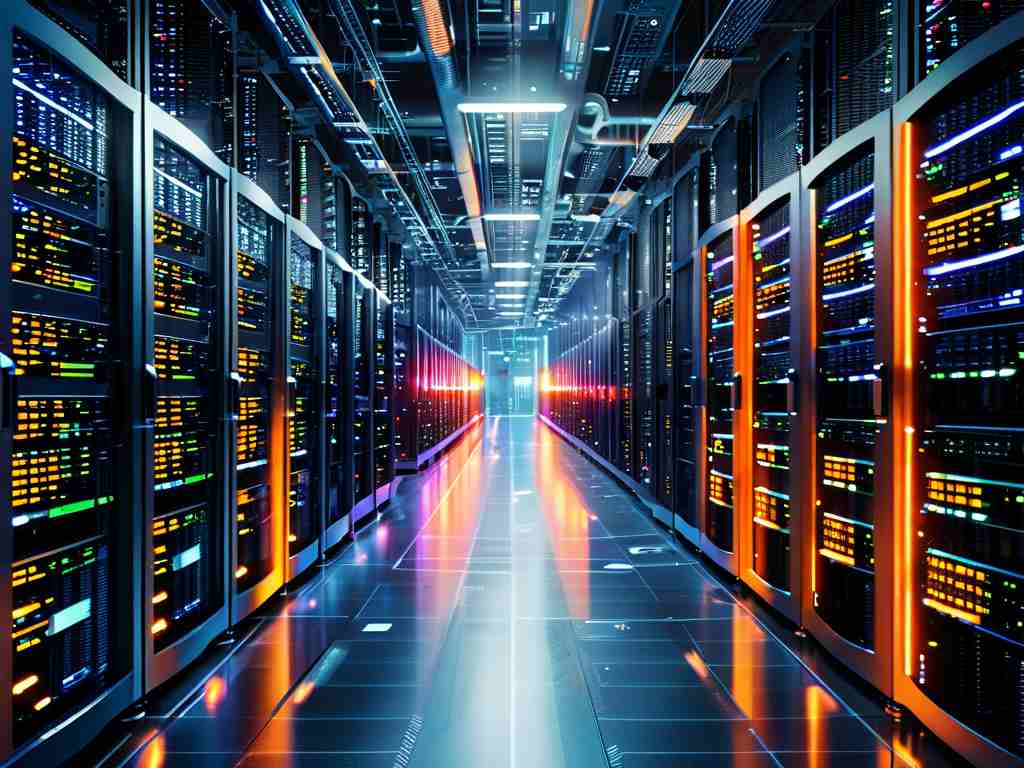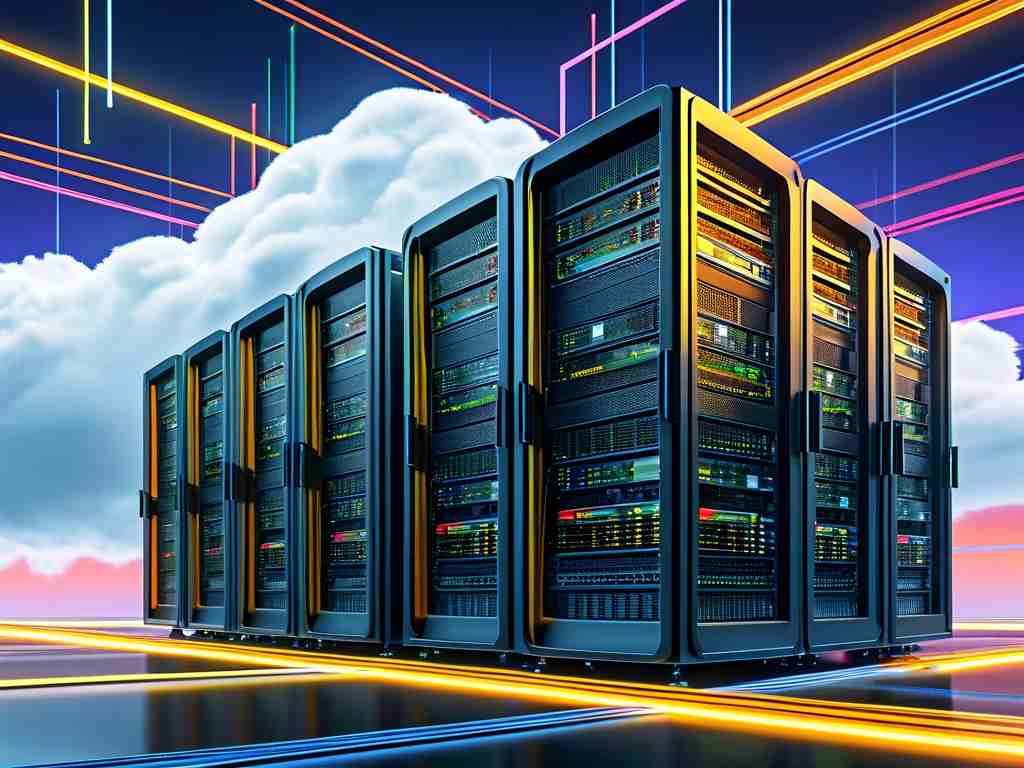In the rapidly evolving landscape of modern technology, distributed computing architecture has emerged as a cornerstone for building scalable and resilient systems. Unlike traditional centralized models, distributed architectures decentralize processing power, storage, and resources across multiple nodes or servers. This approach not only addresses the limitations of single-point systems but also unlocks a suite of advantages that align with today’s demands for speed, reliability, and adaptability.

One of the most significant benefits of distributed computing architecture is its inherent scalability. Organizations can seamlessly expand their infrastructure by adding more nodes to the network without disrupting existing operations. For instance, cloud service providers like AWS and Google Cloud leverage distributed systems to dynamically allocate resources based on user demand. This elasticity ensures that applications remain responsive even during traffic spikes, a critical feature for e-commerce platforms or streaming services.
Another key advantage is improved fault tolerance. In a centralized system, a single hardware failure or software glitch can bring down the entire operation. Distributed architectures, however, mitigate this risk by replicating data and tasks across multiple nodes. If one component fails, others can immediately take over, ensuring continuity. Financial institutions, for example, rely on distributed systems to maintain uptime for high-stakes transactions, where even milliseconds of downtime could result in significant losses.
Performance optimization is another area where distributed computing excels. By parallelizing tasks across nodes, these systems reduce latency and accelerate processing times. Consider big data analytics: distributed frameworks like Apache Hadoop split massive datasets into smaller chunks, allowing simultaneous analysis across servers. This parallel processing capability enables organizations to derive insights faster, driving real-time decision-making in fields such as healthcare diagnostics or supply chain management.
Resource efficiency is also enhanced through distributed architectures. Traditional systems often suffer from underutilized hardware, as centralized servers may sit idle during off-peak periods. Distributed models enable load balancing, directing workloads to nodes with available capacity. This not only maximizes hardware usage but also reduces operational costs. A practical example is content delivery networks (CDNs), which distribute cached content across global servers to minimize bandwidth strain and improve user access speeds.
Flexibility and adaptability further distinguish distributed systems. Developers can integrate diverse technologies and programming languages across nodes, tailoring each component to specific tasks. Microservices architecture, a subset of distributed computing, exemplifies this by breaking applications into independent services. Companies like Netflix use this approach to update features without overhauling entire systems, ensuring agility in a competitive market.
Security, while often a concern in decentralized systems, can be strengthened through distributed architectures. Data encryption and access controls can be implemented at the node level, reducing the risk of widespread breaches. Blockchain technology, a decentralized ledger system, demonstrates this by securing transactions through cryptographic hashing and consensus algorithms.
Despite these advantages, implementing distributed systems requires careful planning. Challenges such as network latency, data consistency, and synchronization must be addressed. Protocols like the CAP theorem guide architects in balancing consistency, availability, and partition tolerance. Tools like Kubernetes and Docker have also simplified deployment, enabling organizations to manage containerized applications across clusters efficiently.
In , distributed computing architecture offers a robust framework for meeting the demands of modern technology. From scalability and fault tolerance to performance and cost efficiency, its benefits are reshaping industries ranging from finance to healthcare. As businesses continue to prioritize resilience and innovation, adopting distributed systems will remain a strategic imperative in the digital age.









